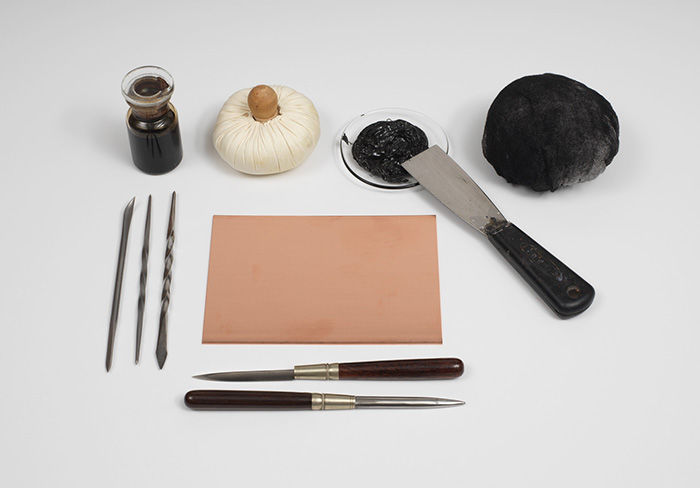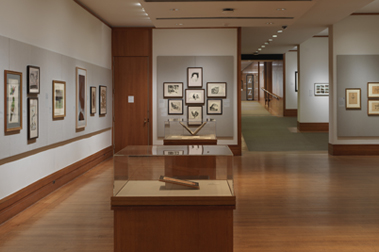Bark Refitting
Sir Francis Seymour Haden British
Not on view
Seymour Haden was the unlikely combination of a surgeon and an etcher. Although he pursued a very successful medical career, he is mostly remembered for his etched work as well as for his writings on etching. He was one of a group of artists, including James McNeill Whistler (1834–1903) and Alphonse Legros (1837–1911), whose passionate interest in the medium led to the so-called etching revival, a period that lasted well into the twentieth century. The extolling of etching for its inherent spontaneous qualities reached its pinnacle during this time. While the line of the etching needle, Haden wrote, was "free, expressive, full of vivacity," that of the burin was "cold, constrained, uninteresting," and "without identity."
To right, a sailing ship approaching a river bank; several small barges and sailing boats seen behind and one seen in the foreground, to left.
"Trial Proofs: (b) The mouth of a river with mud laid bare by the tide; a number of sailing boats, and beyond, rising ground surmounted by trees, sketched in lightly in dry-point to the left. Beyond the bark, also in dry-point, a large house near the river, and trees in the distance."
[Source: Harrington, p. 60]
"State II (Hb). The mouth of a river at low tide has been drawn at the left with drypoint, also additional sailing boats, and a small hill with trees has been drawn in with drypoint."
[Source: Schneiderman, p. 241]

